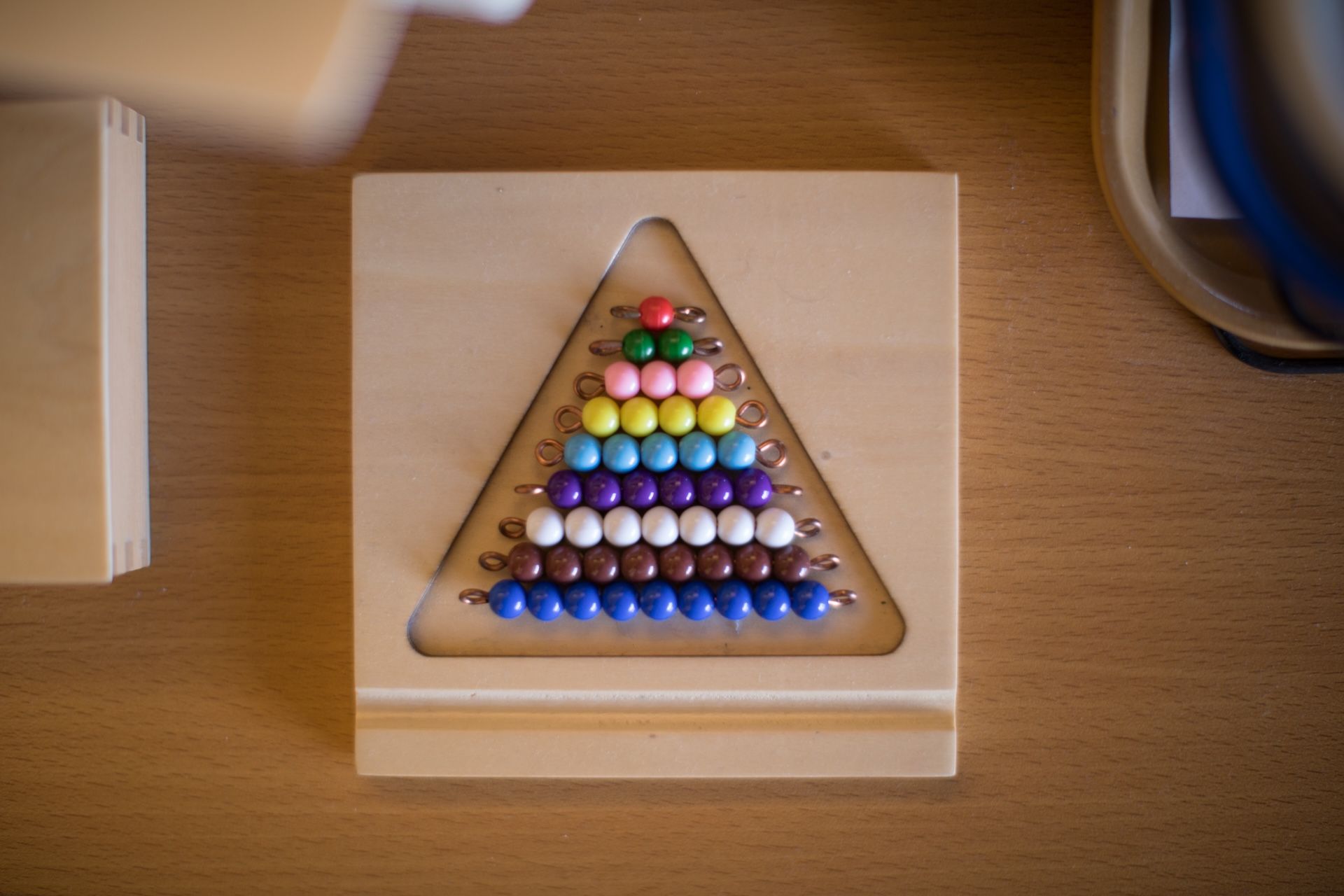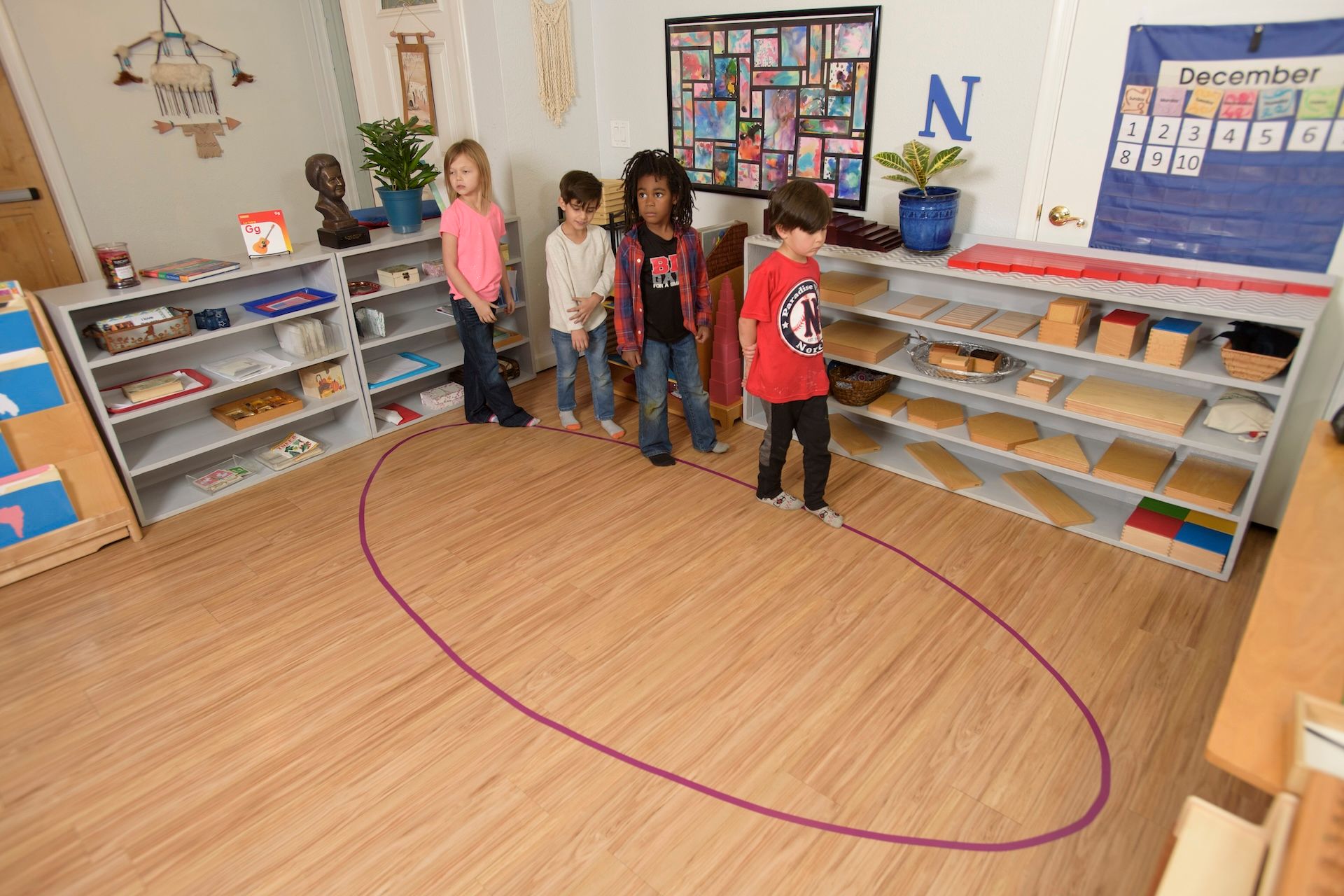Children and housework seem to be fundamentally incompatible. Kids, frequently, are destruction machines with untold powers. Photographing these disasters is a fast-growing social media past time. Parents strive to instill a sense of responsibility and work ethic in their children. Most of us were raised to think that chores are the best way to do this. Everyone remembers chores—maybe you had a chart and were rewarded by your parents or punished if you failed to complete them. Maybe you had an allowance and got paid to contribute. Doing the dishes, taking out the trash, easy but important things. Chores, essentially, are preparations for all the menial little tasks that occupy so much time in adult life. Once we’ve grown, keeping our living spaces tidy is our own responsibility and often involves cleaning up after others—spouses and children. Generally, folks agree this is a terrible way to spend time. You probably hated your chores as a kid, even if you got paid for them. You may hate them even more as an adult because you’re not getting paid for them anymore.

Unlike public schooling, these skills are a part of the everyday Montessori curriculum. Children start to learn how to wash windows, put away dishes, sweep, and keep their areas tidy from very, very young ages. Although it may appear nothing short of magic, engaging children in these practical life activities using Montessori methods has tremendously effective results.
How do you start? There are several approaches for children of different ages. For toddlers, the tasks seem very basic—putting away their own toys, pouring drinks, wiping up spills with a hand mitt—but they lay the framework for moving into more advanced activities. They also build confidence. Succeeding drives the child to learn more. As your child grows and advances, you can add more complex tasks, like sweeping, getting their own drinks & snacks, slicing vegetables (always supervised), and folding laundry. Remember the important rules of Montessori instruction when trying to reinforce these lessons with children:
- Use only a few words when demonstrating something new. Rely on slow, deliberate movements and know your child is watching.
- Don’t force your child to participate (this is where many adults learned their resentment for cleaning). This is especially critical in the early phases. You want to build an internal motivation and make success the main reward.
- Try to use the same movements every time you demonstrate the activity. Visual stimulation can be recorded and translated into movements while the brain is still learning how to understand language.
- When your child doesn’t succeed (and they won’t always), give them a chance to figure out what they’re doing wrong (unless they’re in danger). Try to guide without words instead of correcting or yelling “No!”
- Praise correct execution. Children are too young to be perfectionists so when they wipe up spills, they may leave some behind. Don’t let that stop you from telling your child they did a great job.
- Give children access to their tools. Creating a water station encourages kids to get their own drinks. Having visible cleanup rags reminds them of how to take care of spills. Having a space where they can get their materials is critical for continued learning.
Practical life activities are a big part of the daily curriculum at Pebblecreek Montessori. We encourage you to try these activities at home with your children and add variations that work for your family. So many people underestimate what children are capable of when they have access to the tools they need. A little reorganization, a little encouragement, and a lot of patience will build your child’s confidence and independence from a young age.
The post Chores in the Montessori World appeared first on Pebblecreek Montessori.
Hours
MONDAY - FRIDAY
HALF DAY: 8:30a – 12 noon
ACADEMIC DAY: 8:30a – 3:30p
EARLY CARE: 7:00a – 8:30a
AFTER CARE: 3:30p – 6:00p
OFFICE: 8:00a - 4:00p
Programs
Connect
Pebblecreek Montessori




